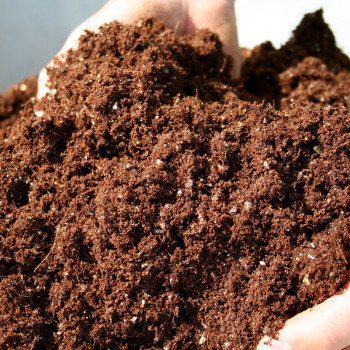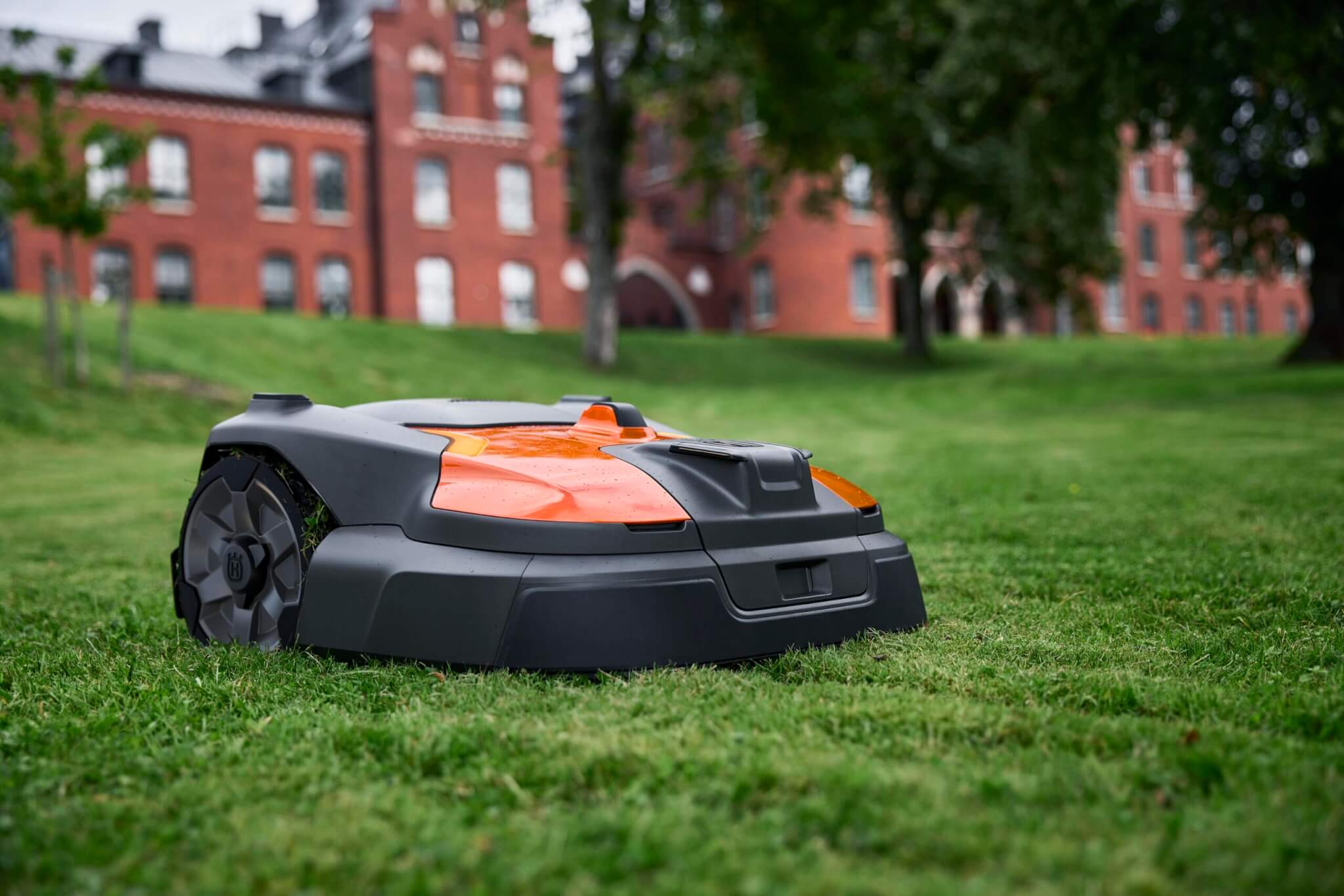What to consider when growing peat-free

ICL outlines how growers can get the best out of their switch to peat free growing media
20 April 2016
For growers contemplating switching part, or all, of their production away from traditional peat based growing media (GM) to non-peat alternatives, Colman Warde − our country manager for Ireland − highlights some of the management challenges to consider.
Growers making the move to peat-free mixes need to adapt their current practices and growing systems – particularly watering/irrigations regimes and nutrition programmes.
Little and often watering regime
The physical properties of peat-based GM differ widely to non-peat alternatives. Commonly, peat-free GM mixes contain proportions of coir, bark and wood fibre. As such they are freer draining necessitating a ‘little and often’ watering regime and greater vigilance. Peat free GM can give the appearance of being dry on the surface, while remaining moist below. Failure to observe this can lead to over watering, which in turn causes nutrient deficiencies due to leaching and fungal pathogens.
Compensate for raised pH and EC levels
Growers should also be aware that peat-free GM mixes tend to have higher pH and EC levels, as well as higher rates of degradability. These can be addressed and compensated by changes in the levels and composition of the base fertilization.
Products such as ICL’s Start & Gro® base fertiliser, with additional calcium nitrate, can balance the degradability and nitrogen draw down issues often associated with peat-free GM – especially where higher proportion of fine barks are used. This issue can be further managed with routine maintenance fertilization.
Meanwhile high pH can lead to Iron and Magnesium deficiency; therefore growers need to give careful consideration to the source and longevity of added micro nutrients. Our Micromax Premium contains high levels of both Fe and Mg in fine granule and has longevity of up to 16m.
New Osmocote products to help
New for 2016 we have two innovative controlled release products – Osmocote CalMag and Osmocote Iron, both with 3-4 month release patterns. Utilising advanced coating technology, these products are mixed in to the substrate and can be used alongside other Osmocote products or with water soluble programmes.
Osmocote CalMag delivers nitrogen, calcium and magnesium on a daily basis. Some crops such as blue conifers, Magnolias and Hydrangeas are particularly magnesium demanding while others, such as Rosa, Buxus and Taxus, are calcium demanding. CalMag is also ideally suited to pot plant production in soft water locations.
Osmocote Iron is a fully coated fertilizer releasing iron on a daily basis. It is ideal for use in peat-free GM, particularly for iron demanding crops, such as Primulas and Vincas, generating better leaf colour and helping to optimise photosynthesis.
When using peat free growing media, it is particularly important to assess water quality/type. Hard water sources will in time lead to increased pH levels, and compound the aforementioned issues. Conversely, soft water types need to be adjusted to make sure there is sufficient Calcium and Magnesium available for both vegative and generative/final growth phases, particularly when there are high proportions of coir in the peat free mixes.
The use of ICL’s Peters and Universol water soluble fertilizer ranges, when combined with our highly innovative decision support tool AngelaWeb, can take into account your water quality, base nutrition level, CRF and WSF inputs to arrive at a complete nutrition solutions for over 900 crops.



 Print
Print










Fans 0
Followers